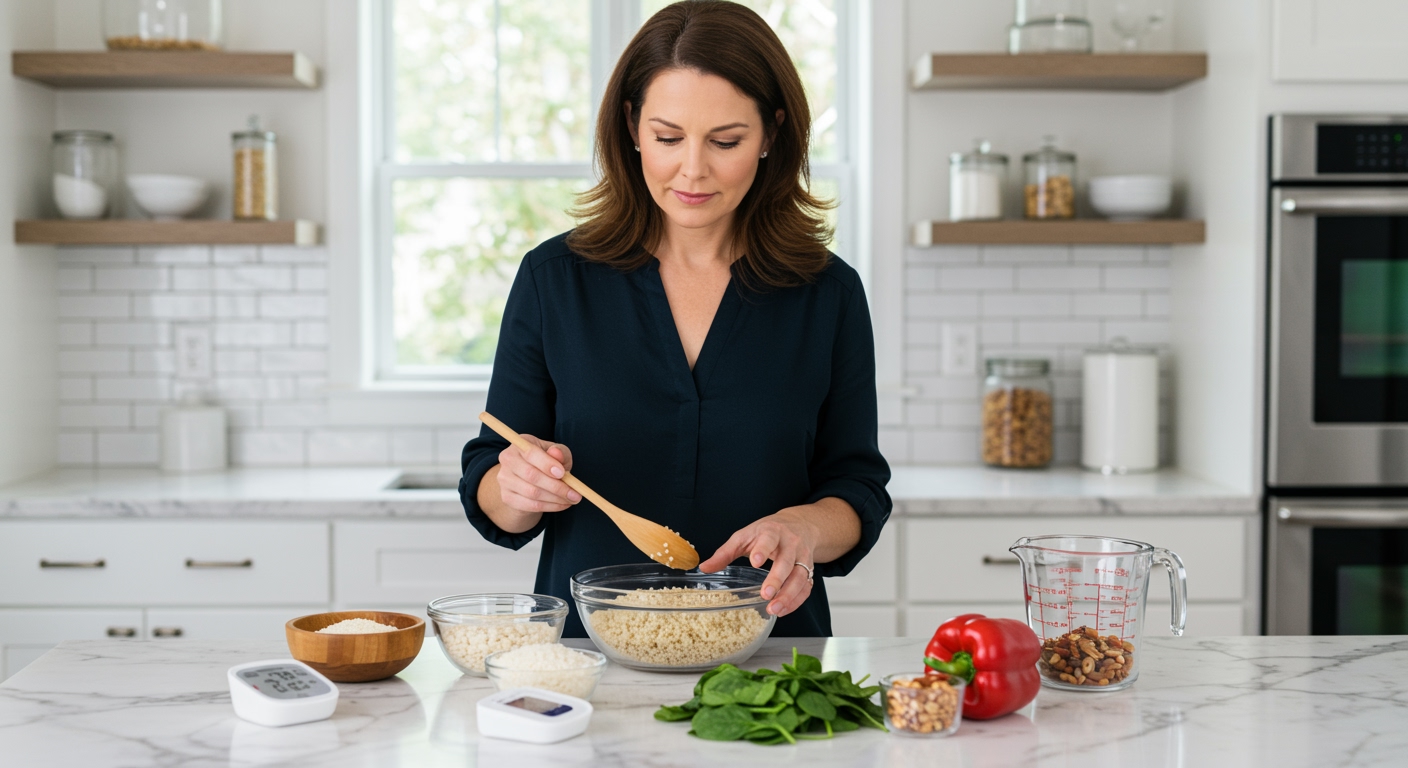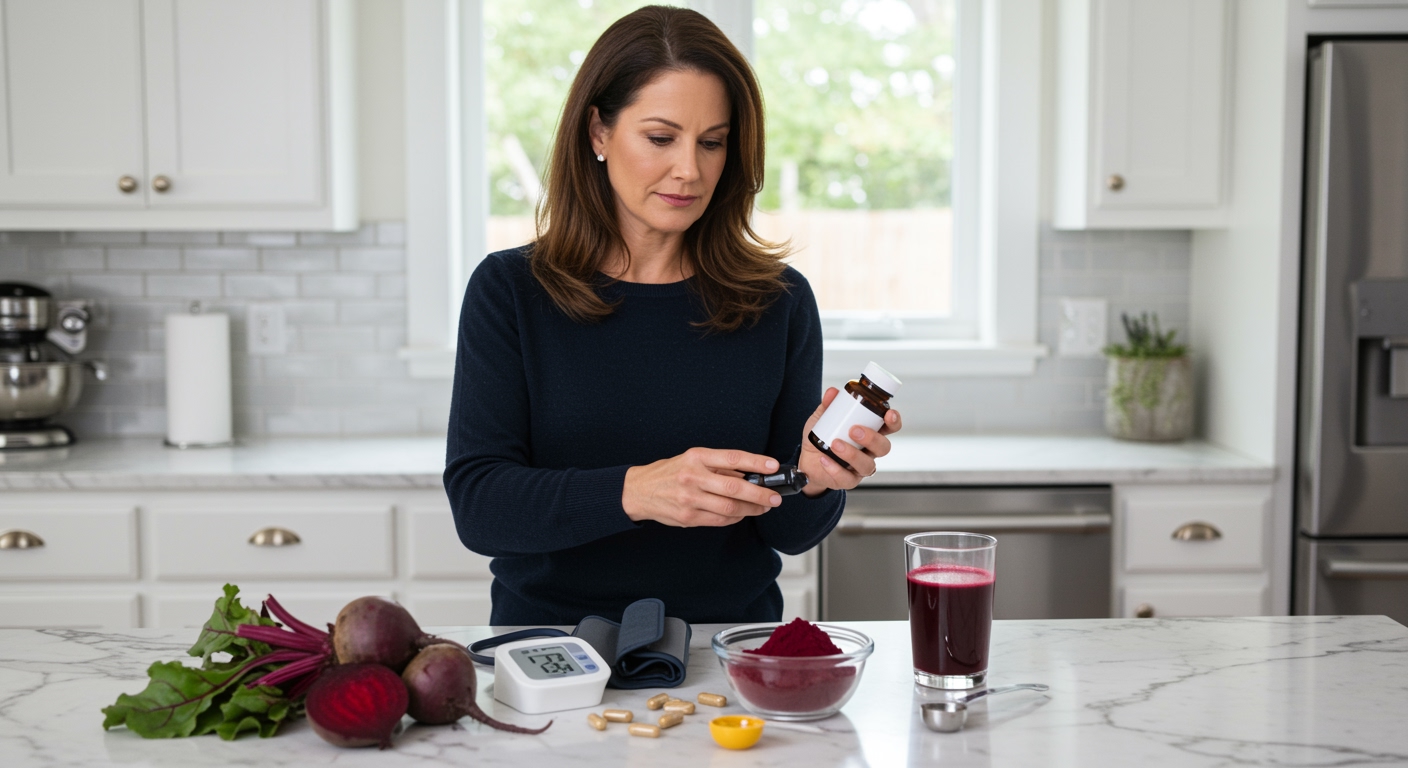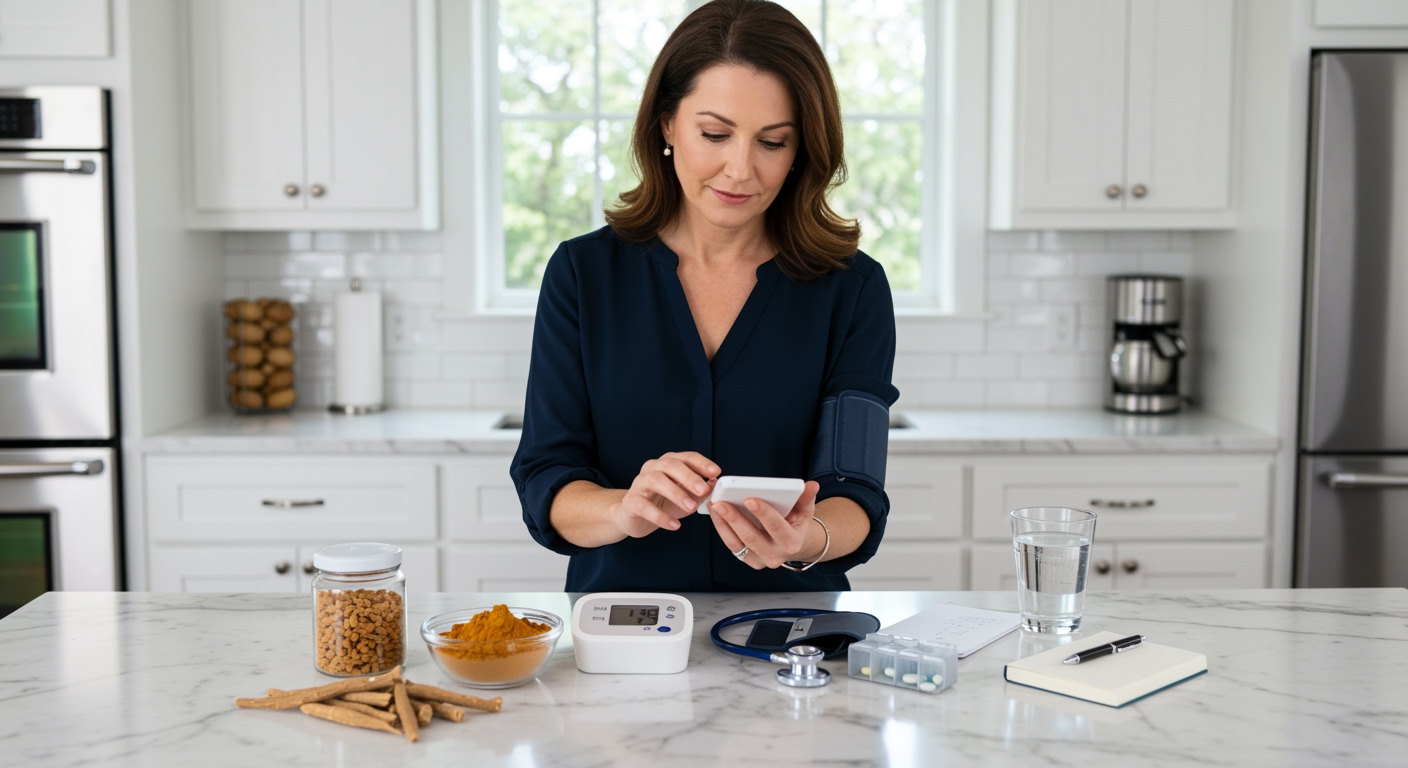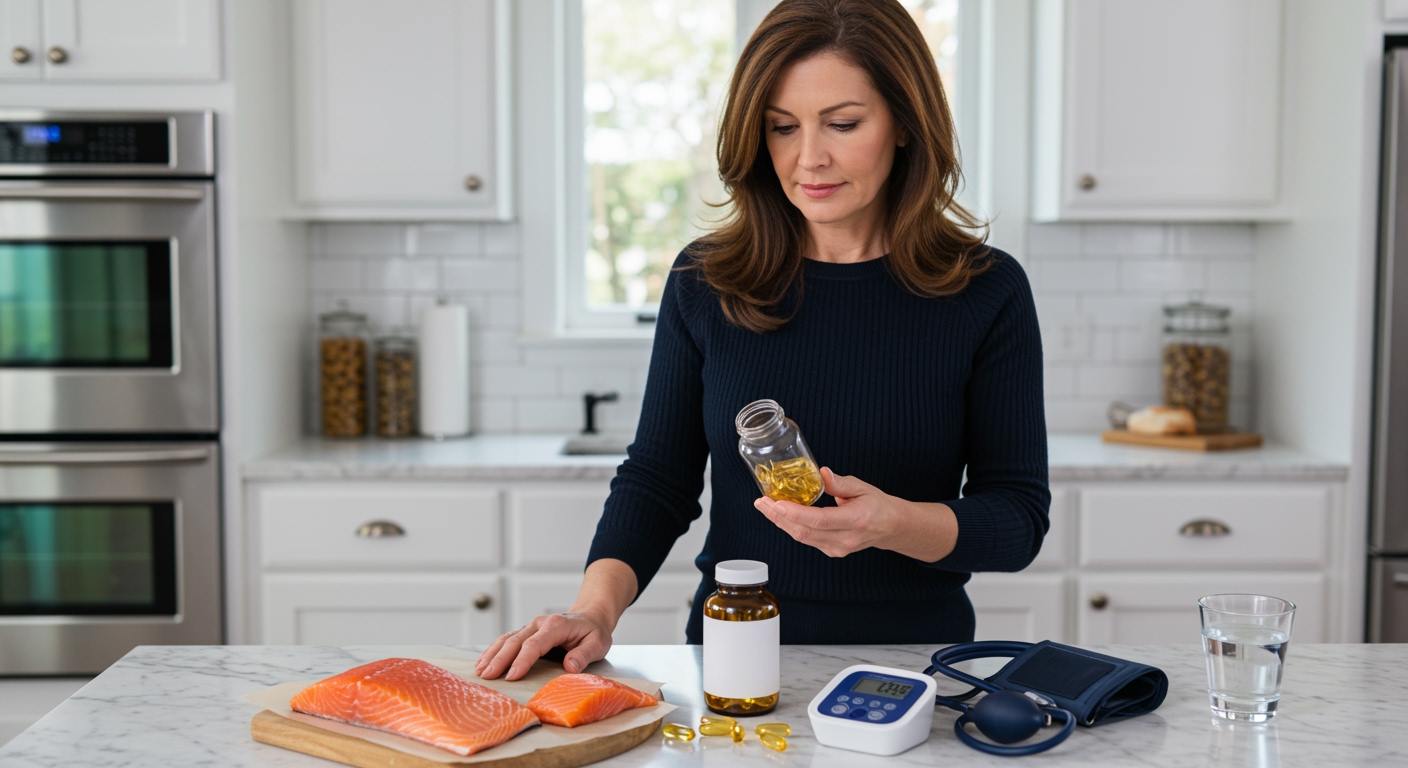✪ Key Takeaway: Quinoa is better than rice for blood pressure due to higher potassium, magnesium, and fiber content.
Introduction
Your doctor just told you to watch your blood pressure, and now you are staring at your pantry wondering which grains are safe.
You might be asking this question because you have heard conflicting advice about grains and blood pressure, or maybe you are trying to make healthier choices without giving up the foods you love.
Hi, I am Abdur, your nutrition coach, and today I am going to explain exactly how quinoa and rice affect your blood pressure and which one deserves a permanent spot on your plate.
What Makes Quinoa Different From Rice?
Quinoa and rice might look similar on your plate, but they are completely different foods at the cellular level.
Quinoa is technically a seed from a flowering plant, while rice is a true grain from the grass family.
This fundamental difference affects how your body processes these foods and how they impact your cardiovascular system.
Quinoa contains all nine essential amino acids, making it a complete protein that your body can use to build and repair tissues.
Rice, especially white rice, lacks several essential amino acids and provides mainly carbohydrates with minimal protein quality.
The protein structure in quinoa helps stabilize blood sugar levels, which indirectly supports healthy blood pressure by reducing stress on your cardiovascular system.
✪ Fact: Quinoa contains twice as much protein as brown rice and three times more than white rice.
How Do These Grains Affect Your Blood Pressure?
Your blood pressure depends heavily on the balance of minerals in your bloodstream, particularly sodium and potassium.
Quinoa provides 318 milligrams of potassium per cooked cup, while brown rice offers only 84 milligrams and white rice provides a mere 55 milligrams.
Potassium works inside your cells to counteract sodium by helping your kidneys excrete excess sodium through urine.
When you consume adequate potassium, your blood vessels can relax more easily, reducing the pressure against arterial walls.
Quinoa also contains 118 milligrams of magnesium per cup, compared to 84 milligrams in brown rice and only 19 milligrams in white rice.
Magnesium acts as a natural calcium channel blocker, helping your blood vessels stay flexible and preventing them from constricting too tightly.
The fiber content in quinoa further supports blood pressure by improving insulin sensitivity and reducing inflammation throughout your cardiovascular system.
✪ Pro Tip: Rinse quinoa thoroughly before cooking to remove bitter saponins that can cause digestive discomfort.
Which One Causes Less Blood Sugar Spikes?
Blood sugar spikes directly impact your blood pressure by causing your body to release stress hormones like cortisol and adrenaline.
Quinoa has a glycemic index of 53, which is considered low to moderate, while white rice scores 73 and brown rice scores 68 on the same scale.
The lower glycemic response from quinoa means your blood sugar rises more slowly and stays stable for longer periods.
This stability prevents the rapid insulin release that can trigger vasoconstriction and temporary blood pressure increases.
The fiber and protein in quinoa work together to slow down carbohydrate absorption in your small intestine.
When carbohydrates are absorbed slowly, your pancreas does not need to flood your system with insulin, which helps maintain steady blood pressure.
✪ Note: Pairing rice with protein and vegetables can help reduce its glycemic impact on blood sugar.
What About Sodium Content And Processing?
Both quinoa and rice are naturally low in sodium, but processing and preparation methods can change this significantly.
Plain cooked quinoa contains only 7 milligrams of sodium per cup, while plain cooked rice contains 2 milligrams.
The real sodium danger comes from flavored rice mixes, instant varieties, and restaurant preparations that can contain 400-800 milligrams per serving.
White rice undergoes extensive processing that strips away the bran and germ layers, removing most of the beneficial minerals that support healthy blood pressure.
Quinoa requires minimal processing and retains its natural nutrient profile, including the blood pressure-supporting minerals your body needs.
When you cook quinoa with herbs and spices instead of salt, you can create flavorful meals that actively support your cardiovascular health.
✪ Pro Tip: Cook quinoa in low-sodium vegetable broth with garlic and herbs for maximum flavor without added sodium.
How Much Should You Eat For Best Results?
Portion control matters more than most people realize when it comes to managing blood pressure through grain consumption.
A standard serving of cooked quinoa is half a cup, which provides about 110 calories and significant amounts of blood pressure-supporting nutrients.
You can safely eat quinoa daily as part of a balanced diet, but I recommend limiting total grain intake to 2-3 servings per day.
If you choose rice occasionally, stick to brown rice and limit portions to half a cup to minimize the impact on your blood sugar and blood pressure.
The timing of grain consumption also affects blood pressure, with earlier meals being better than late-night eating.
Combining quinoa with vegetables and lean protein creates a synergistic effect that enhances the blood pressure benefits while providing sustained energy.
✪ Fact: Eating quinoa with vitamin C-rich vegetables increases iron absorption and supports healthy blood vessel function.
The Bottom Line
Quinoa is clearly the better choice for blood pressure management due to its superior mineral content, lower glycemic impact, and complete protein profile.
The best nutrition choices are not about perfection but about making consistently better decisions that support your long-term health goals.
I would love to hear about your experiences with quinoa and rice, or any questions you might have about incorporating these grains into your blood pressure-friendly meal plan in the comments below.
At NutritionCrown, we use quality and credible sources to ensure our content is accurate and trustworthy. Below are the sources referenced in creating this article:
- PMC: Quinoa Nutritional and Health Benefits
- Frontiers in Nutrition: Quinoa Health Effects Research
- Hello Heart: Quinoa Reduces Blood Pressure
- Food Struct: Quinoa vs Rice Nutrition Comparison





